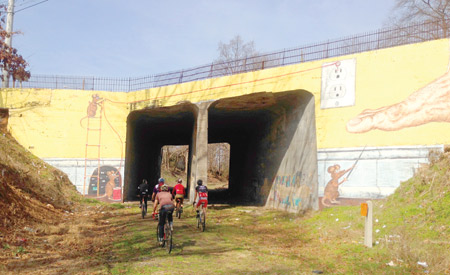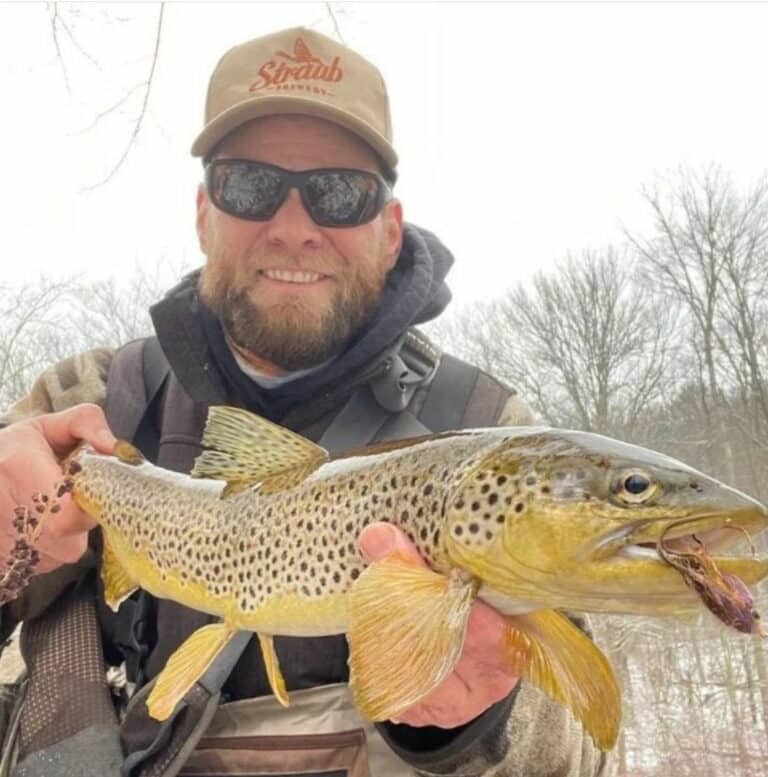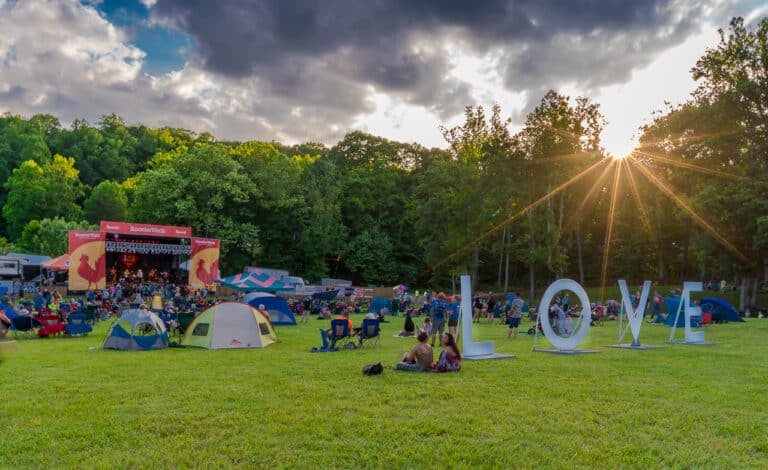Four of us are leaning against our bikes, and Gike (like bike but with a “G”) is worried about the water levels in the culverts running below I-75. At some point during the ride ahead, we’ll have to cross the eight-lane interstate on the north side of downtown. The plan is to ride the entire loop of the proposed Beltline trail around the city. To stick to the route, we can either go over the interstate, like a live version of Frogger, hopping between the traffic, or we can go subterranean and ride through a massive drainage culvert.
“It hasn’t rained in a couple of days. We might be okay.” This is Eric Nicoletti, the “mastermind” behind today’s ride and a key member of Faster Mustache, a group of Atlanta cyclists with an impressive race program and group ride portfolio. For a while, they put on the insanely cool Faster Mustache 24—a 24-hour road race that had bikers pinning laps through downtown Atlanta. Recently, certain members have been riding exploratory loops of the proposed BeltLine Loop, a massive alternative transportation project that will turn former rail lines into a 33-mile paved multi-use trail around Atlanta.
It’s one of the largest urban redevelopment projects in the country, but it’s a work-in-progress, with completed sections running into unfinished wastelands of abandoned train tracks. The trail will connect disjointed neighborhoods in this car-centric city, changing everything in Atlanta for cyclists when it’s completed.
But Faster Mustache isn’t waiting. They pedal cross bikes on the proposed path over terrain that varies from smooth greenway to dilapidated rail lines. I’ve heard stories of the bikers encountering wild dogs and drug deals and mounds of coal ash as they pedal through the city. It’s a sketchy full-day ride that takes Faster Mustache from posh digs, past gorgeous graffiti, to questionable neighborhoods where everyone prays they don’t get a flat. They do this just because.
We start by hitting a set of hobo trails under a power line hub that has been improved by a local biker. The singletrack twists through ivy, over logs, broken glass, roofing tiles, and a concrete foundation of sorts. It’s fun, slow, techy riding in the backyard of what Eric tells me is, “the most legit housing project in the city.”
A cop car drives by and I get worried he’s going to hassle us. Nobody else is concerned. Wes, a bigger guy who says he’s too fat to climb hills says bikers in Atlanta are perfectly fine with riding renegade trails. “Nobody’s gonna care about us riding dirt, and you need to ride them today, because they might be gone tomorrow.”
We head down to a proper section of the Beltline, where the signage is in place, but the path is just a vein of singletrack running along old train tracks. The railroad ties are spaced just close enough to ride, but just far enough apart to make the riding miserable. We spook the hell out of a couple of graffiti artists working under a massive underpass. The “trail” ends at a chain link fence, which we have to hop, tossing our bikes over one at a time.
Throughout the day, we move from new townhome communities with their own wine shops to neighborhoods where six white guys riding bikes in spandex may as well be the circus coming to town. Gike has a little girl’s bell on his handlebars that he dings whenever we pass someone. Little kids get on their bikes and try to race us as we pass by their houses. Everyone smiles and waves.
Eric tells me Atlanta has one of the most dramatic income gaps in the country, and you can see that gap first hand on this ride, moving directly from posh neighborhoods to housing projects where cars sit on the street without wheels.
Eric is like a kid, always looking for the most fun line in any given situation. He brought two things on the ride with him—beef jerky and gummy bears. He uses a camo beer coozie for a wallet and phone protector. At one point, he stops, looks at Google maps on his phone, and says, “We might have to do a little bushwhacking up here.”
Next thing I know, we’re shouldering our bikes through a field of briars and old mattresses. We duck through a hole in a fence and stand on the edge of a massive quarry with deep, blue water where they filmed some scenes during the first season of The Walking Dead. Eventually, Eric rides into an office complex, hops a fence and scrambles down to a sewer drainage. He gives us a thumbs up and says, “Yep, this is the right place.”
Wes looks at me: “The right place for what?”
We follow Eric into the concrete culvert, which turns pitch black as soon as we’re 20 feet into the tunnel. Turns out, the water isn’t too deep, so we can actually pedal our bikes, staying hunched over so we don’t scrape our helmets on the ceiling. Eric has moved his rear blinking light to his handlebars, so every couple of seconds, we get eerie red flashes of what lies ahead intercut with complete darkness.
After several hundred yards of underground mountain biking, we can see daylight at the other end and pedal out and into a concrete canal, then push our bikes through a high-end condo development and pedal directly onto a beautifully finished portion of the Beltline that leads to Piedmont Park. Kids are learning to play baseball, hipsters are throwing the Frisbee—it’s such an odd juxtaposition from the grit of the culvert and the poverty from other sections of the unfinished trail.
I’m having a hard time reconciling the abandoned, crumbling projects where we started to this vibrant sea of families and joggers. Eric jokes that if we did the ride in reverse, moving from the finished portion near opulent Piedmont Park to the wasteland of abandoned train tracks and graffiti, it would’ve been a commentary on the decline of civilization. Instead, it plays out like a ride into the future. We get our happy ending.








